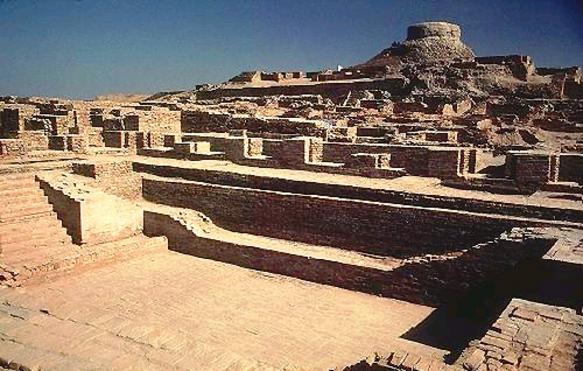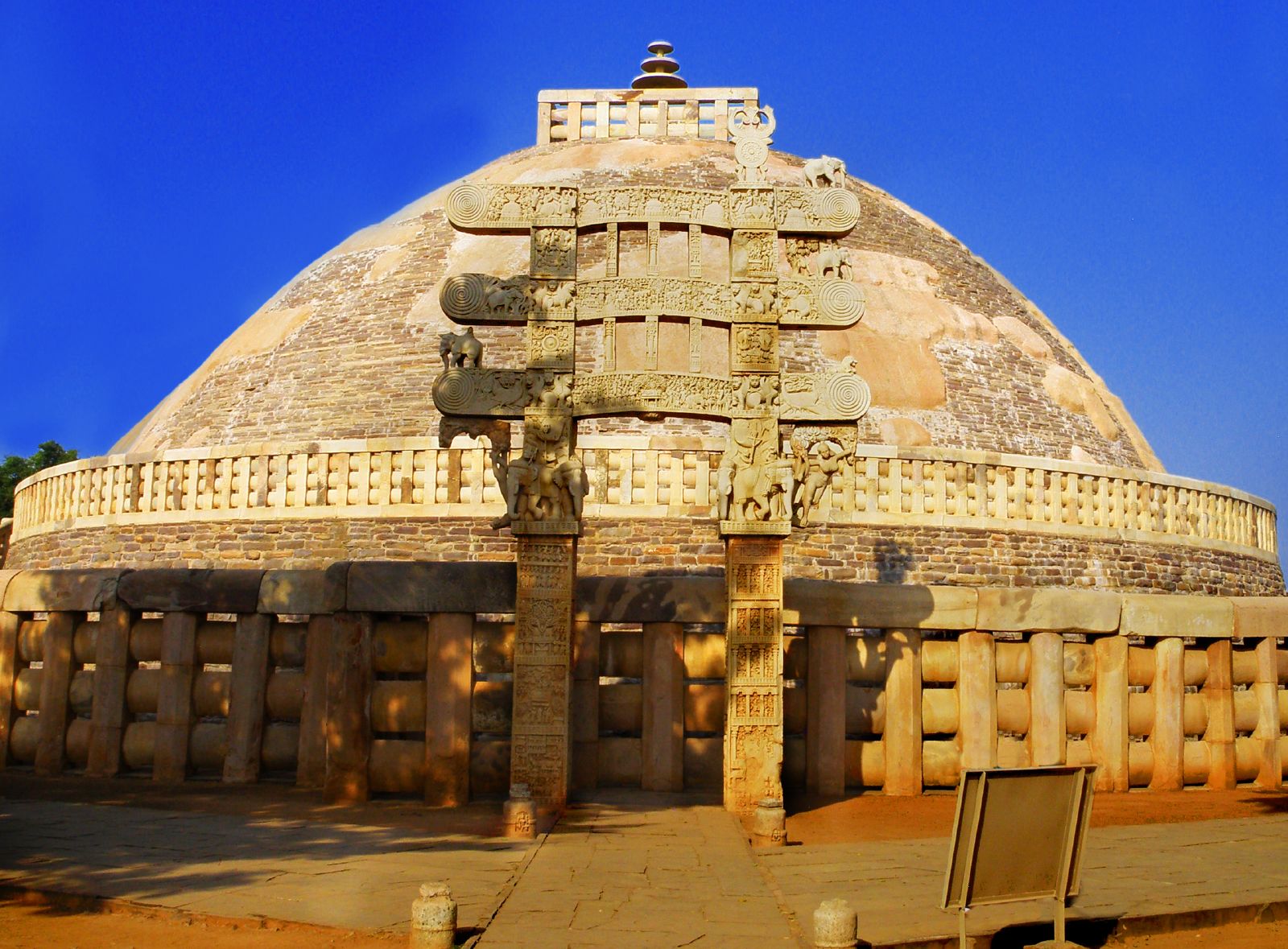Art I cles
Publish your article and get some exciting gifts. Add Article

Expanse of space and differents periods have influenced architecture in India, along with the India's discourse with global community and the architectural styles and knowledge brought by them.
Indian architecture is based on the principles of Vastu Shastra, a traditional Hindu system of architecture. Vastu Shastra can be exactly translated to the "Science of Architecture". It incorporates Hindu and some Buddhist beliefs to create architectural designs that are symmetrical, are alligned with directions, have and use geometric motif (pattern), and combine architecture with nature.
Vastu Shastra are texts that are part of Vastu Vidya and can be thought of as a compilation of ideas and concepts for organisation of space and different models can be used based on their usage and functions in correspondance to each other.
Vastu Shastra layout eg. And Angkor Wat temple, deploying Vastu Shastra
- Indian architecture can be traced back to the Indus Valley Civilisation(3300-1300 BCE) with planned towns, drainage systems, streets, water supply systems, use of baked bricks for construction of houses, non residential buildings and more.
Architecture during Indus Valley Civilisation
- Features of Buddhist art and architecture can be extensively seen in the rock cut caves (which can also be thought of as a seperate category of architecture known as rock-cut architecture) at Ajanta, the great Sanchi Stupa and numerous more examples.
One of the temple at Ajanta Caves & The Great Sanchi Stupa
- For next couple thousand of years many dynasties ruled over Indian region and innumerous temples, monuments, palaces and architectural statements were made. Some included Greek and western architectural influence as well.
Then the Mughal's conquered India and Indo-Islamic architecture came into existence. The first buldings that feature this amalgamation of Indian and Islamic architecture were built by the Delhi Sultanates. Some most famous examples are Qutb Minar, Red Fort, Taj Mahal, Charminar and many more.
Qutb Minar And Taj Mahal
- The Indo-Islamic architecture was followed by the Colonial architecture. Even though the English, French, Dutch and Portuguese all colonised parts of India, most influential architecture of these was the British architecture.
Gateway of India & Rashtrapati Bhavan
Thank you for reading all along. This articles covers only a fraction of all there is about Architecture of India.
Drop your thoughts in the comment section below to share your views on architecture in India and let us know what is it that you want us to cover in our next article. We post articles everyday, so do visit ArchToArchitect & scroll down to our next article.
Reference: https://en.wikipedia.org/wiki/Architecture_of_India










Leave a Comment